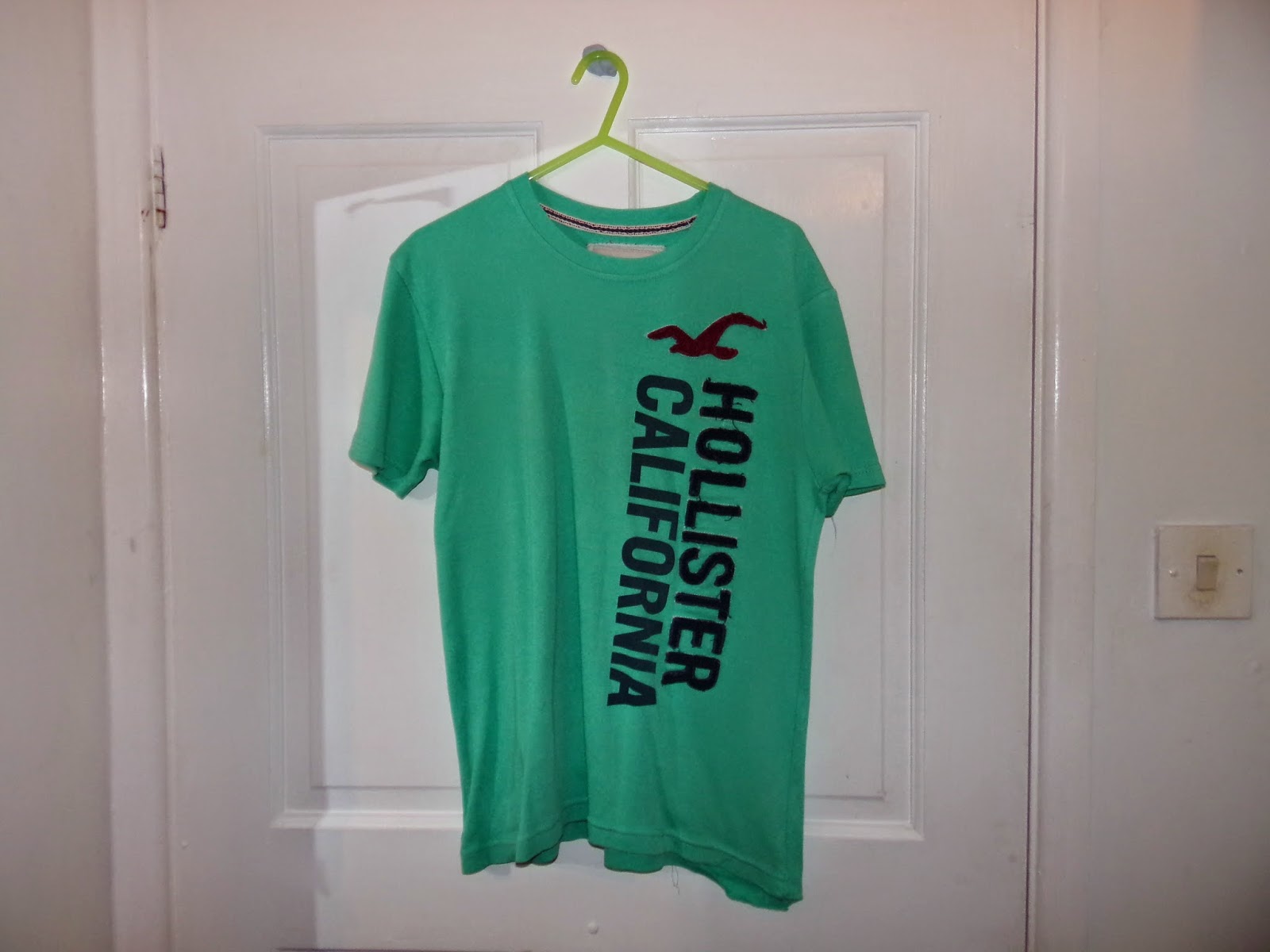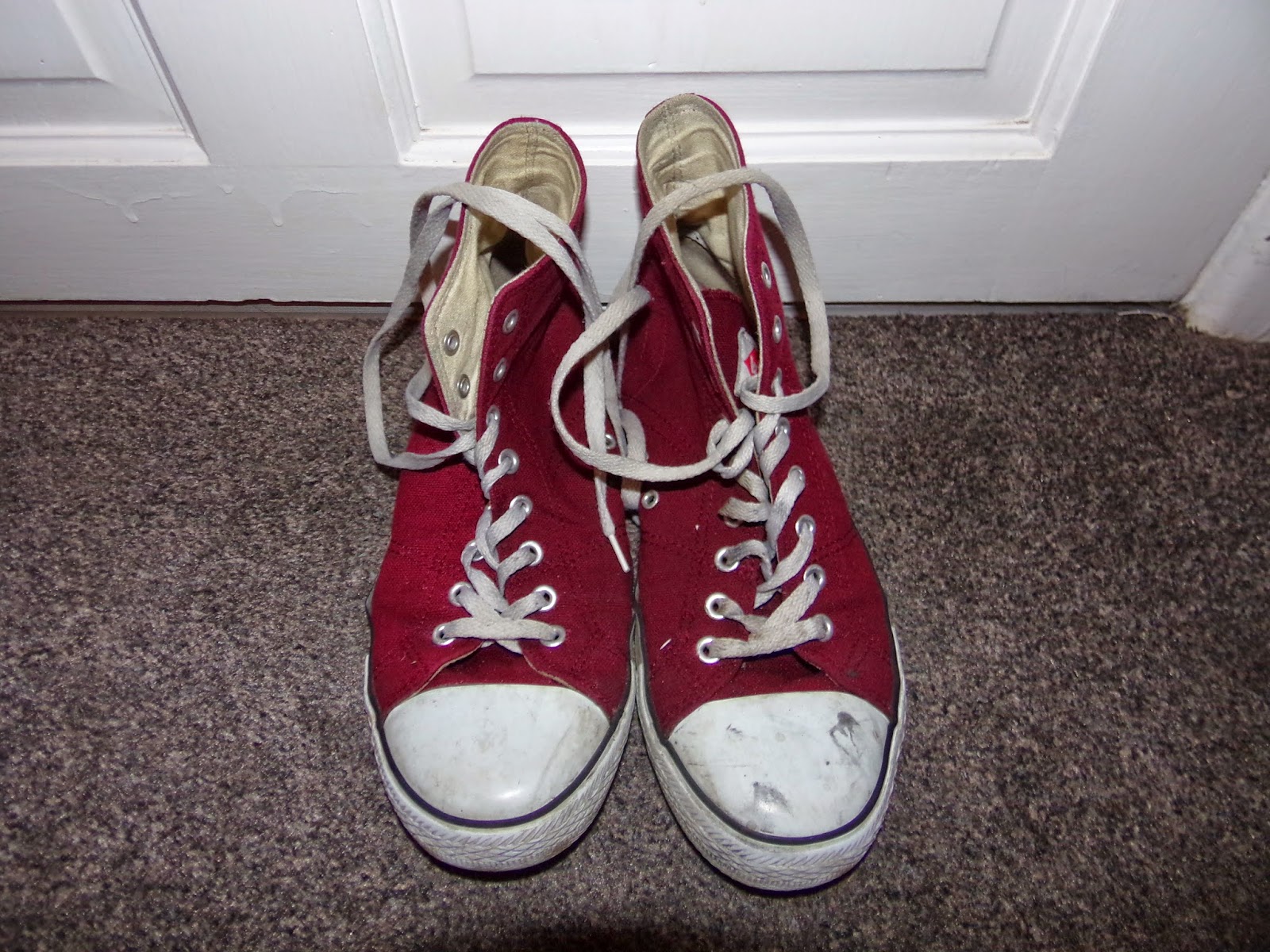My final piece will look into time. The piece will explore performing the exact same thing I would usually be doing in a different format.
This work is a short duration performance art piece that will be performed over the course of four hours (with one 20 minute interval half way through the performance). This piece will involve me writing a word (E.g. "Eating") on an A1 sheet of paper in the amount of time that it would usually take me to perform each action. This will be done with a time table that I have created that shows what I would have been doing, and how long it would have taken. For this piece I will require two (at least) sheets of A1 paper, A black marker or black paint (with a brush) (also spare pens in case the marker runs out), a clock (to measure time), and a camera and tripod to document the performance itself. For this piece I will wear black trousers and a plain black T-shirt; I will wear this to ensure that the audience's focus is kept on what I am doing and not what I look like.
Before beginning the piece I will spend half an hour using meditation techniques developed by Marina Abramovic. These techniques will help me prepare for the piece and generate focus on the art being created. This piece also relates to On Kawara's work as I am using text to document time.
I have designed this piece to be watched in it's entirety from start to finish.
THE NUMERICAL STRUCTURE OF EXISTENCE
Rhys Connolly Fine Art A.S Project
Friday 9 May 2014
ARTIST RESEARCH: On Kawara
On Kawara is a Japanese conceptual artist. One of his woks that he is known for are his date paintings (A.K.A 'Today Series'). Starting January 4th 1966, he created a large collection of paintings which consist of the date the painting was created in basic white typography against a solid background. The date is always documented in the language and grammatical conventions of the locations in which the painting was created
(E.g. “26. ÁG. 1995,” from Iceland). All of the paintings are created in one of eight sizes ranging from 8x10 inches to 61x89 inches (all painted horizontally). The hand painted dates are always coloured white whereas the background colours vary (Earlier painting have bolder colours, whereas the newer paintings have a darker tone to them) - for several months in 1967, Kawara used a strong red background.
If Kawara was unable to complete a painting the day he started it he would immediately destroy it.
When a Date Painting is not exhibited, it is placed in a cardboard box custom-made for the painting, which is lined with a clipping from a local newspaper from the city in which the artist made the painting. Although the boxes are part of the work, they are rarely exhibited. Each year between 63 and 241 paintings are made.
This Artist's work is relevant to my project as it is documenting time and amounts.
(E.g. “26. ÁG. 1995,” from Iceland). All of the paintings are created in one of eight sizes ranging from 8x10 inches to 61x89 inches (all painted horizontally). The hand painted dates are always coloured white whereas the background colours vary (Earlier painting have bolder colours, whereas the newer paintings have a darker tone to them) - for several months in 1967, Kawara used a strong red background.
If Kawara was unable to complete a painting the day he started it he would immediately destroy it.
When a Date Painting is not exhibited, it is placed in a cardboard box custom-made for the painting, which is lined with a clipping from a local newspaper from the city in which the artist made the painting. Although the boxes are part of the work, they are rarely exhibited. Each year between 63 and 241 paintings are made.
This Artist's work is relevant to my project as it is documenting time and amounts.
NOTES - Initial number documentation
These are the notes that I initially collected in the early stages of my project. These notes recorded a range of numerical values in my life.
Steps:
House to shop - 1059
Steps taken in drama monologue rehearsal (over the course of 15 minutes) - 134
dance studio door to changing rooms - 21
Time:
dance rehearsal in one week - 24 hours 15 minutes
cycle to school - 38 minutes
cycle home from school - 48 minutes
cycle to school - 43 minutes
cycle home from school - 45 minutes
cycle to school - 37 minutes
cycle home from school - 51 minutes
revision (excluding breaks) in one day - 5 hours 24 minutes
Make a cup of tea - 3 minutes 8 seconds
Make a cup of coffee - 3 minutes 25 seconds
Shower (Monday) - 7 minutes
Shower (Tuesday) - 8 minutes
Shower (Wednesday) - 7 minutes
Shower (Thursday) - 2 minutes
Shower (Friday) - 4 minutes
Shower (Saturday) - 2 minutes
Shower (Sunday) - 7 minutes
School work - 43 minutes
Time spent in school (per week approx.) - 28 hours 30 minutes
Repetition:
Sip water (in one day) - 43
Sip water (in one day) - 87
Sip water (in one day) - 24
Sip water (in one day) - 29
Sip water (in one day) - 67
Check phone (in one day) - 23
Check phone (in one day) - 29
Check phone (in one day) - 19
Check phone (in one day) - 16
Check phone (in one day) - 14
Steps:
House to shop - 1059
Steps taken in drama monologue rehearsal (over the course of 15 minutes) - 134
dance studio door to changing rooms - 21
Time:
dance rehearsal in one week - 24 hours 15 minutes
cycle to school - 38 minutes
cycle home from school - 48 minutes
cycle to school - 43 minutes
cycle home from school - 45 minutes
cycle to school - 37 minutes
cycle home from school - 51 minutes
revision (excluding breaks) in one day - 5 hours 24 minutes
Make a cup of tea - 3 minutes 8 seconds
Make a cup of coffee - 3 minutes 25 seconds
Shower (Monday) - 7 minutes
Shower (Tuesday) - 8 minutes
Shower (Wednesday) - 7 minutes
Shower (Thursday) - 2 minutes
Shower (Friday) - 4 minutes
Shower (Saturday) - 2 minutes
Shower (Sunday) - 7 minutes
School work - 43 minutes
Time spent in school (per week approx.) - 28 hours 30 minutes
Repetition:
Sip water (in one day) - 43
Sip water (in one day) - 87
Sip water (in one day) - 24
Sip water (in one day) - 29
Sip water (in one day) - 67
Check phone (in one day) - 23
Check phone (in one day) - 29
Check phone (in one day) - 19
Check phone (in one day) - 16
Check phone (in one day) - 14
Thursday 8 May 2014
ARTIST RESEARCH: Francis Alÿs
Francis
Alÿs
is a Belgian artist. Many
of his works involve intense observation and recording of the social,
cultural and economic conditions of particular places, usually
conceived during walks through urban areas. Citing walking as the
centre of his practice, for his first performance 'The
Collector' (1991),
he dragged a small magnetic toy dog on wheels through Mexico City so
it attracted debris to it. I
personally believe that this piece is a social comment on Mexico's
wealth at the time; depicting the idea that people will look and take
anything that can be used to help support them as they are desperate
(Desperate enough that even small scraps will be suffice).
In
his best-known work, 'When
Faith Moves Mountains' (2002),
Alÿs recruited 500 volunteers in Ventanilla district outside of
Lima, Peru.Each person moved a shovel full of sand one step at a time
from one side of a dune to the other, and together they moved the
entire geographical location of the dune by a few inches. This piece
to me is symbolic of inner faith and self belief. The fact that only
500 people were given the ability to move an enormous sand dune is
incredible – staying true to the well know saying 'Faith Moves
Mountains'.
The
work, Paradox
of Praxis 1 (Sometimes Making Something Leads to Nothing), documents
an action performed on the streets of Mexico City in 1997. The film
depicts a simple and seemingly pointless endeavour - a large block of
ice being pushed through the city streets for 9 hours until it melts
away to nothing. I think that this work looks at the idea of letting
go and us as humans refusing to give in even when failure is
inevitable. We can work extremely hard towards our dreams and
aspirations only to fall at the last hurdle. I feel that this piece
was designed to make the audience think about themselves in relation
to this concept.
FILM: Habit
This film looks into the common human action of habit. A habit is a settled or regular tendency or practice, especially one that is hard to give up. This film lists common habits that I personally, and others have in this day and age. I decided to use a repetitive aural accompaniment and editing style to echo the action of habit.
I feel that this is relevant to my project due to the fact that a habit is a repetition of an action - an action performed numerous times.
http://youtu.be/lng4S5lPamg
.
I feel that this is relevant to my project due to the fact that a habit is a repetition of an action - an action performed numerous times.
http://youtu.be/lng4S5lPamg
.
Wednesday 7 May 2014
Clothes and Shoes Archive
This piece was heavily inspired by Simon Evan's work "EVERYTHING I OWN". To create this piece I photographed all items of clothing and shoes that I currently own. I like the idea of doing this as it documents me as a person at this present moment; colours and styles that I currently like, and the amount of items I have.
Subscribe to:
Posts (Atom)



















































